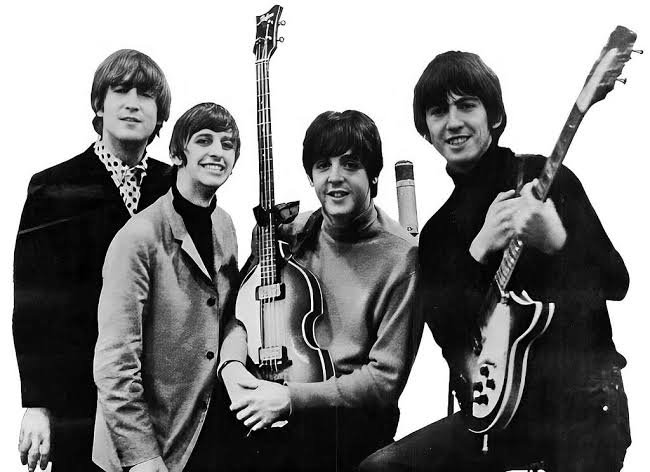Why the Beatles’ White Album Was So Controversial?
The Beatles’ self-titled double album, commonly known as the White Album, remains one of the most discussed and debated records in music history. Released in November 1968, it marked a departure from the band’s earlier works and sparked controversy for several reasons. This article delves into why the White Album was so controversial, examining its musical diversity, the band’s internal dynamics, and the cultural impact it had during a tumultuous era.
### Musical Diversity and Experimentalism
One of the primary reasons the White Album was controversial lies in its eclectic mix of musical styles. The album features a wide range of genres, from rock and blues to avant-garde and folk. Tracks like “Helter Skelter” showcased a heavier, more chaotic sound, which was a stark contrast to the band’s previous pop-oriented hits. Meanwhile, “Revolution 9,” an avant-garde sound collage, left many fans and critics bewildered due to its experimental nature. This drastic shift in musical direction alienated some listeners while captivating others, creating a polarized response.
### Internal Band Dynamics
The recording of the White Album was fraught with tension and discord among the Beatles. By 1968, the band’s unity was beginning to fray, and this was reflected in the recording sessions. Each member increasingly pursued individual artistic visions, resulting in a collection of songs that sometimes felt disjointed. The presence of Yoko Ono, John Lennon’s partner, in the studio also caused friction. Her constant presence and involvement in the creative process were seen as intrusive by other band members, adding to the existing strain. This internal strife led to a fragmented album that, while rich in diversity, lacked the cohesive harmony of their earlier works.
### Cultural Impact and Controversy
The White Album was released during a period of significant social and political upheaval. The late 1960s were marked by protests against the Vietnam War, civil rights movements, and a general questioning of authority. Songs like “Revolution 1” directly addressed the revolutionary spirit of the times, provoking varied reactions from different segments of society. Additionally, the album inadvertently became associated with the Manson Family murders. Charles Manson misinterpreted several songs, particularly “Helter Skelter,” as prophetic messages predicting an apocalyptic race war. This association cast a dark shadow over the album, adding to its notoriety.
### Critical and Public Reception
Upon its release, the White Album received mixed reviews. Some critics praised its innovation and the band’s willingness to push boundaries, while others criticized it for being inconsistent and self-indulgent. The public reception was similarly divided. While many fans appreciated the bold experimentation and variety, others longed for the more cohesive and melodic sound of previous albums like “Sgt. Pepper’s Lonely Hearts Club Band.”
### Legacy
Despite, or perhaps because of, the controversy surrounding it, the White Album has endured as a landmark in rock music. Its raw and unfiltered presentation of the Beatles’ artistic expression has influenced countless artists and continues to be analyzed and celebrated. The album’s ability to provoke strong reactions is a testament to its enduring impact on music and culture.
The Beatles’ White Album remains controversial due to its eclectic musical styles, the internal discord among band members during its creation, and its cultural associations. This complexity has made it a subject of fascination and debate for decades, solidifying its place as one of the most significant albums in music history. Whether viewed as a masterpiece or a fragmented collection, its impact on the musical landscape is undeniable.





